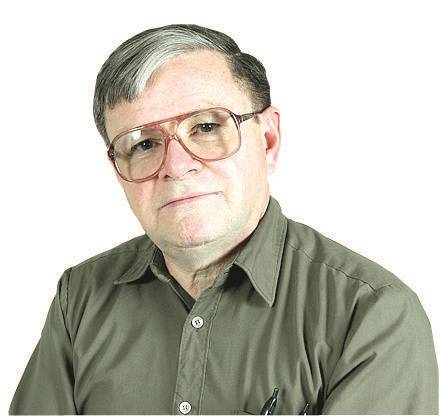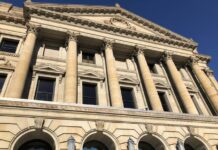I can’t find any record of a patron saint of bootleggers. But if there ever had been one, a lot of Wyoming Valley people would have been praying to him during holiday time a century ago.
That’s because if you’d been around this week in 1920, you’d have been smack dab in the middle of the first “dry” Christmas and New Year’s period in our history.
The 18th amendment to the U.S. Constitution had just kicked in earlier in 1920. It banned the manufacture, transportation and sale of nearly all alcohol, and our community was finding that the once simple tradition of lifting a glass of cheer among friends now required considerably more deviousness.
So, what did drinkers do? Well, there was something derisively nicknamed “near beer” available. It was a brewed beverage with just one half of one percent alcohol, pretty weak compared to the standard of 4 percent to 6 percent, and even much weaker than today’s “light” beers.
As you might expect, there was some cheating going on. Just four days before Christmas, federal agents raided Wilkes-Barre’s huge Stegmaier Brewery and ordered it closed for producing beer that exceeded the limit. A few weeks later, the Glennon Brewery of Pittston would meet the same fate.
Under law, wine and spirits were completely out — except when used for medicinal or religious purposes. The law, though, didn’t stop illicit producers from manufacturing a rotgut drink that Mayor Dan Hart of Wilkes-Barre called a “vile concoction.”
Given this chaotic situation, it was inevitable that daring entrepreneurs — bootleggers — would bring their illegal alcohol in from afar, often from Canada, to serve thirsty Wyoming Valley customers directly.
My mother told me that every December during prohibition her family’s Wilkes-Barre home would be visited by a man she described as dressed all in leather and driving the biggest and most impressive car she’d ever seen. Out of the trunk he’d pull a couple of bottles of good Canadian booze, her dad’s order for the holidays.
Not all bootlegging was quite so successful, though. In April, just months after prohibition went intoeffect, federal agents managed to intercept seven trunks of liquor being shipped via the Laurel Line electric railroad.
It wasn’t just public officials who entered the battle against drink. One of the most colorful figures to come out of that era was the Rev. John E. Johnson, from Philadelphia. Nicknamed “the raiding parson,” he came to Wilkes-Barre determined to suppress alcohol and made a name for himself by staging his own forays into bars and calling down the power of the state on violators, in one instance causing 14 arrest warrants to be levied.
So, how did local folks celebrate New Year’s as the “dry” age dawned?
Apparently, not much changed. The Wilkes-Barre Record reported that crowds turned out just as before, packing the bars, clubs and hotels. The difference this time around was that they brought their own drinks, not being satisfied with what was legally available on the premises.
Of course, there were other problems consuming local people’s attention that autumn and winter a century ago. With the nation fearful of communism, federal agents were raiding suspected nests of radicals and “bolshevists” sympathetic to Russia. Though the Spanish flu pandemic had subsided, every report of an occasional new case stirred fears of a return to masking and quarantining.
But if the old news stories are any guide, that holiday season was mainly an exercise in our community’s resourcefulness.
And that’s something that even a teetotaler like myself can drink to.
Tom Mooney is a Times Leader history columnist. Reach him at [email protected].




